The Dramatic Effects of Stress on Your Heart Rate Response to Exercise
In all the heart rate training articles posted at ICA, we always stress the fact that heart rate, while an effective way to monitor your intensity, is subject to many external factors that have nothing to do with the work you are performing. These factors include over-reaching, over-training, lack of sleep, dehydration, caffeine, medications, heat, humidity, stress, and others. It is important to understand the limitations of heart rate training if one is to use it properly as a training tool. One of the factors we may ignore the most is stress. I share with you a personal example of the negative effects of stress on my own heart rate. Please share this article to help others understand the body’s response to stress.Read more…

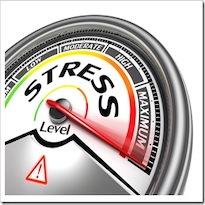
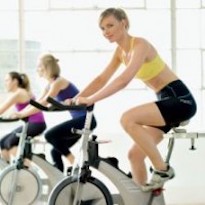

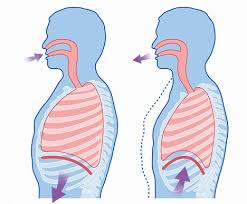

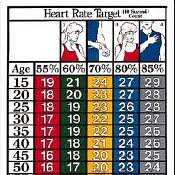
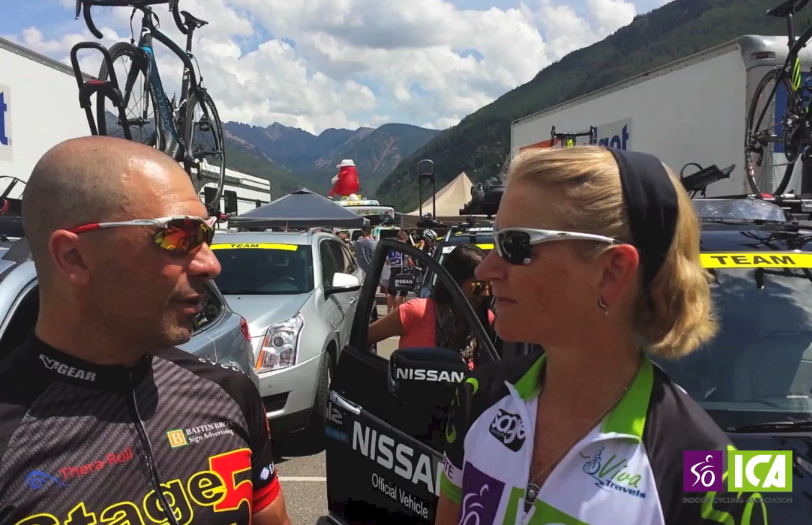
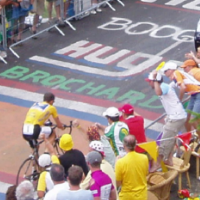
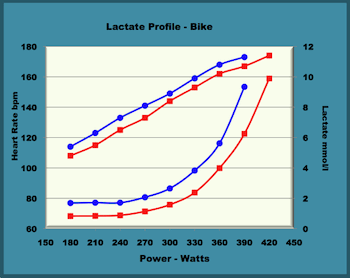
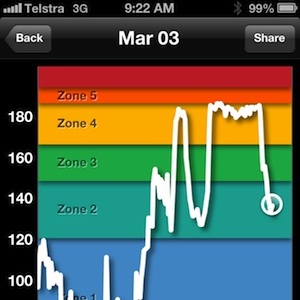
 I conducted the second field test midway through a 12-week periodized cycling clinic this morning. One student came up with a HR that was slightly lower than the first test, but had big swings in her HR throughout the test. She was confused, as many students would be. Here is how I answered her question and gave her goals to work toward, helping her understand how she can improve the next time we do this field test in 5 weeks.
I conducted the second field test midway through a 12-week periodized cycling clinic this morning. One student came up with a HR that was slightly lower than the first test, but had big swings in her HR throughout the test. She was confused, as many students would be. Here is how I answered her question and gave her goals to work toward, helping her understand how she can improve the next time we do this field test in 5 weeks.